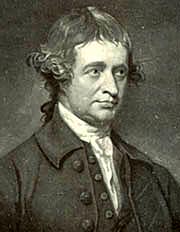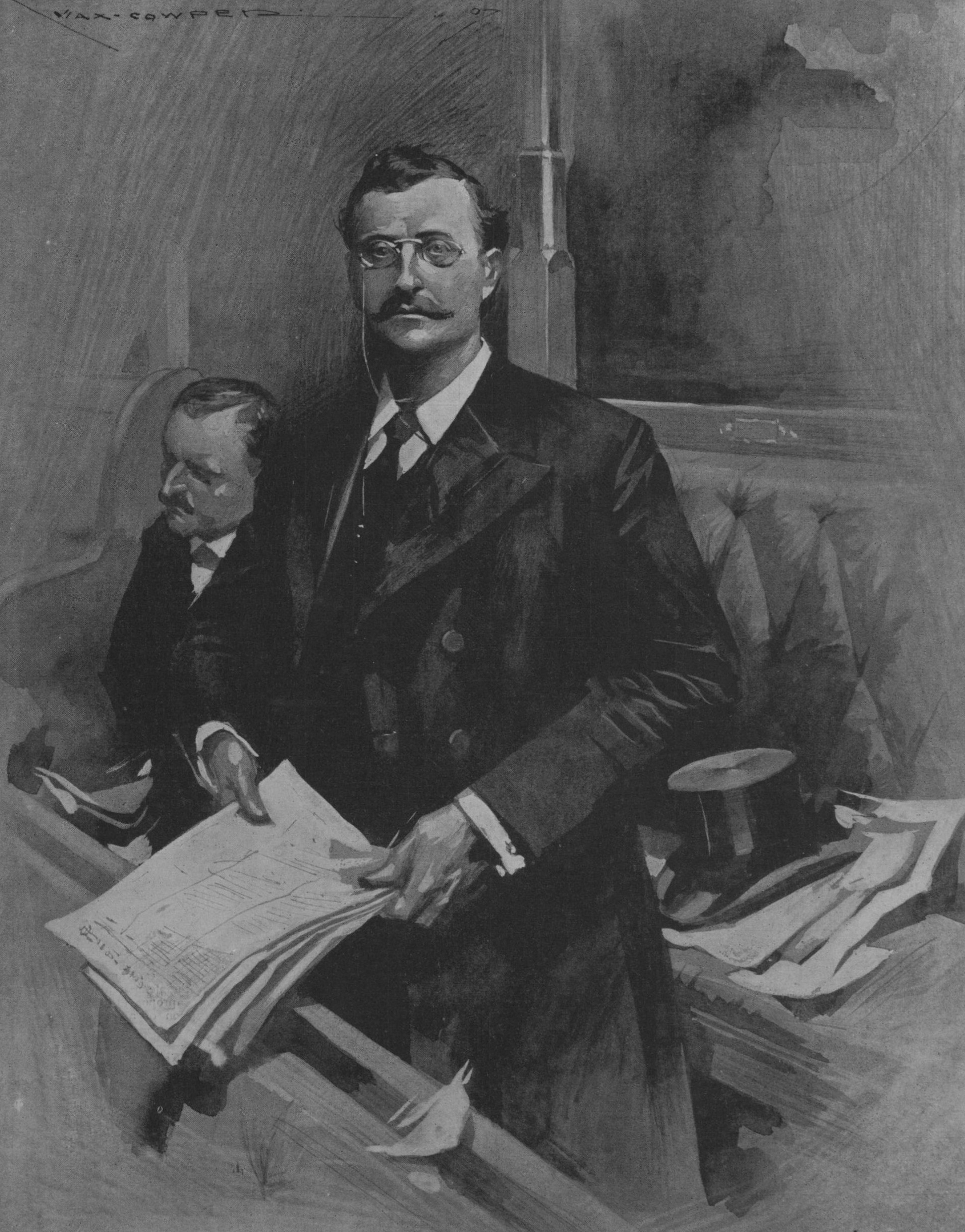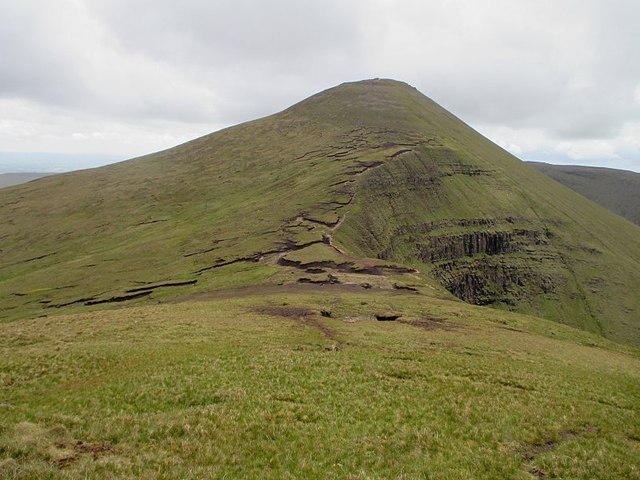|
William O'Brien
William O'Brien (2 October 1852 – 25 February 1928) was an Irish nationalist, journalist, agrarian agitator, social revolutionary, politician, party leader, newspaper publisher, author and Member of Parliament (MP) in the House of Commons of the United Kingdom of Great Britain and Ireland. He was particularly associated with the campaigns for land reform in Ireland during the late 19th and early 20th centuries as well as his conciliatory approach to attaining Irish Home Rule. Family, education William O'Brien was born at Bank Place in Mallow, County Cork, as the second son of James O'Brien, a solicitor's clerk, and his wife Kate, the daughter of James Nagle, a local shopkeeper. On his mother's side, he was descended from the distinguished Norman family of Nagles, long settled in the vicinity of Mallow giving their name to the nearby Nagle Mountains. He was also linked through his mother with the statesman Edmund Burke's mother's family, as well as with the poet Edmund Spen ... [...More Info...] [...Related Items...] OR: [Wikipedia] [Google] [Baidu] |
William O'Brien (trade Unionist)
William O'Brien (23 January 1881 – 31 October 1968) was a politician and trade unionist in Ireland. While rarely dominating the political spotlight, O'Brien was incredibly powerful and influential behind the scenes, maintaining a firm grip over Ireland's trade unions for many decades. Besides his leadership in the trade unions, O'Brien was a founder, alongside James Larkin and James Connolly, of the Labour Party (Ireland), Labour Party of Ireland. In later years a rift formed between Larkin and O'Brien that would last the rest of their lives and often divide the labour movement in Ireland. Early life O'Brien was born in Ballygurteen, Clonakilty, County Cork on 23 January 1881, and was christened as 'John William'. He was the fourth child and third son of Daniel O'Brien of County Tipperary and Mary O'Brien (née Butler) of County Kilkenny. His father Daniel, an Irish nationalist, devout Catholic, and Irish-language revivalist had been a member of the Royal Irish Constabulary be ... [...More Info...] [...Related Items...] OR: [Wikipedia] [Google] [Baidu] |
Edmund Burke
Edmund Burke (; 12 January [New Style, NS] 1729 – 9 July 1797) was an Anglo-Irish Politician, statesman, journalist, writer, literary critic, philosopher, and parliamentary orator who is regarded as the founder of the Social philosophy, social and Philosophy of culture, cultural philosophy of conservatism.Andrew Heywood, ''Political Ideologies: An Introduction''. Third Edition. (Palgrave Macmillan, 2003), p. 74. Regarded as one of the most influential conservative thinkers and writers, Burke spent most of his political career in Great Britain and was elected as a member of Parliament (MP) from 1766 to 1794 in the House of Commons of Great Britain with the Whig (British political party), Whig Party. His writings and literary publications influenced British conservative thought to a great extent, and helped establish the earliest foundations for modern conservatism and liberal democracy. His writings also played a crucial role in influencing public views and opinions in Britain ... [...More Info...] [...Related Items...] OR: [Wikipedia] [Google] [Baidu] |
Kilmainham Gaol
Kilmainham Gaol () is a former prison in Kilmainham, Dublin. It is now a museum run by the Office of Public Works, an agency of the Government of Ireland. Many Irish revolutionaries, including the leaders of the 1916 Easter Rising (Patrick Pearse, James Connolly, Tom Clarke (Irish republican), Tom Clarke, Seán Mac Diarmada, Joseph Plunkett, Éamonn Ceannt, Thomas MacDonagh), were imprisoned and executed in the prison by the orders of the UK Government. History When it was first built in 1796, Kilmainham Gaol was called the "New Gaol" to distinguish it from the old prison it was intended to replace – a noisome dungeon, just a few hundred metres from the present site. It was officially called the ''County of Dublin Gaol'', and was originally run by the Grand Jury for County Dublin. Originally, public hangings took place at the front of the prison. However, from the 1820s onward very few hangings, public or private, took place at Kilmainham. A small hanging cell was built ... [...More Info...] [...Related Items...] OR: [Wikipedia] [Google] [Baidu] |
William Hoey Kearney Redmond
William Hoey Kearney Redmond (13 April 1861 – 7 June 1917) was an Irish nationalist politician who served as a Member of Parliament (MP). He was also a lawyer and soldier Denman, Terence in: McGuire, James and Quinn, James (eds): ''Dictionary of Irish Biography'' From the Earliest Times to the Year 2002; Royal Irish Academy Vol. 8, Redmond, William Hoey Kearney ("Willie") pp.422-23; Cambridge University Press (2009) who was killed in action in World War I. Family background He came from a Catholic gentry family of Norman descent long associated with County Wexford for seven centuries. His father, William Redmond, was a Home Rule Party MP for Wexford Borough from 1872 to 1880 and was the nephew of the elder John Edward Redmond who is commemorated in Redmond Square near Wexford railway station. He had a brother and two sisters. Willie Redmond's five-years elder brother was John Redmond who became leader of the Irish Parliamentary Party. His mother was a daughter of Gene ... [...More Info...] [...Related Items...] OR: [Wikipedia] [Google] [Baidu] |
Irish National Land League
The Irish National Land League ( Irish: ''Conradh na Talún''), also known as the Land League, was an Irish political organisation of the late 19th century which organised tenant farmers in their resistance to exactions of landowners. Its primary aim was to abolish landlordism in Ireland and enable tenant farmers to own the land they worked on. The period of the Land League's agitation is known as the Land War. Historian R. F. Foster argues that in the countryside the Land League "reinforced the politicization of rural Catholic nationalist Ireland, partly by defining that identity against urbanization, landlordism, Englishness and—implicitly—Protestantism." Foster adds that about a third of the activists were Catholic priests, and Archbishop Thomas Croke was one of its most influential champions. Background Following the founding meeting of the Mayo Tenants Defence Association in Castlebar, County Mayo on 26 October 1878 the demand for ''The Land of Ireland for the pe ... [...More Info...] [...Related Items...] OR: [Wikipedia] [Google] [Baidu] |
Charles Stewart Parnell
Charles Stewart Parnell (27 June 1846 – 6 October 1891) was an Irish nationalist politician who served as a Member of Parliament (United Kingdom), Member of Parliament (MP) in the United Kingdom from 1875 to 1891, Leader of the Home Rule League from 1880 to 1882, and then of the Irish Parliamentary Party from 1882 to 1891, who held the balance of power in the House of Commons of the United Kingdom, House of Commons during the Home Rule debates of 1885–1886. He fell from power following revelations of a long-term affair, and died at age 45. Born into a powerful Anglo-Irish people, Anglo-Irish Church of Ireland, Protestant landowning family in County Wicklow, he was a land reform agitator and founder of the Irish National Land League in 1879. He became leader of the Home Rule League, operating independently of the Liberal Party (UK), Liberal Party, winning great influence by his balancing of constitutional, radical, and economic issues, and by his skilful use of parliamentary ... [...More Info...] [...Related Items...] OR: [Wikipedia] [Google] [Baidu] |
Irish Land War
The Land War () was a period of agrarian agitation in rural Ireland (then wholly part of the United Kingdom) that began in 1879. It may refer specifically to the first and most intense period of agitation between 1879 and 1882, or include later outbreaks of agitation that periodically reignited until 1923, especially the 1886–1891 Plan of Campaign and the 1906–1909 Ranch War. The agitation was led by the Irish National Land League and its successors, the Irish National League and the United Irish League, and aimed to secure fair rent, free sale, and fixity of tenure for tenant farmers and ultimately peasant proprietorship of the land they worked. From 1870, various governments introduced a series of Land Acts that granted many of the activists' demands. William O'Brien played a leading role in the 1902 Land Conference to pave the way for the most advanced social legislation in Ireland since the Union, the Land Purchase (Ireland) Act 1903. This Act set the conditions fo ... [...More Info...] [...Related Items...] OR: [Wikipedia] [Google] [Baidu] |
Irish Home Rule
The Home Rule movement was a movement that campaigned for self-government (or "home rule") for Ireland within the United Kingdom of Great Britain and Ireland. It was the dominant political movement of Irish nationalism from 1870 to the end of World War I. Isaac Butt founded the Home Government Association in 1870. This was succeeded in 1873 by the Home Rule League, and in 1882 by the Irish Parliamentary Party. These organisations campaigned for home rule in the House of Commons of the United Kingdom introduced the First Home Rule Bill in 1886, but the bill was defeated in the House of Commons after a split in the Liberal Party. After Parnell's death, Gladstone introduced the Second Home Rule Bill in 1893; it passed the Commons but was defeated in the House of Lords. After the removal of the Lords' veto in 1911, the Third Home Rule Bill was introduced in 1912, leading to the Home Rule Crisis. Shortly after the outbreak of World War I it was enacted, but implementation ... [...More Info...] [...Related Items...] OR: [Wikipedia] [Google] [Baidu] |
Galtee Mountains
Galtymore or Galteemore () is a mountain in the province of Munster, Ireland. At , it is one of Ireland's highest mountains, being the 12th-highest on the Arderin list, and 14th-highest on the Vandeleur-Lynam list. Galtymore has the 4th-highest topographic prominence of any peak in Ireland, which classifies Galtymore as a P600, or "major mountain". It is one of the 13 Irish Munros. The Galtee mountains are formed from sandstone and shale and contain 24 peaks above . It runs east-west for between counties Tipperary and Limerick; Galtymore is the highest point of both counties. The mountain is accessed by hillwalkers via the 3–4 hour ''Black Road Route'', but is also summited as part of the longer 5–6 hour ''Circuit of Glencushnabinnia'', and the at least 10–hour east-to-west crossing of the entire range, called the ''Galtee Crossing'', which is climbed annually in the ''Galtee Challenge''. The mountain and its deep corrie lakes are associated with various Iris ... [...More Info...] [...Related Items...] OR: [Wikipedia] [Google] [Baidu] |
Fenian
The word ''Fenian'' () served as an umbrella term for the Irish Republican Brotherhood (IRB) and their affiliate in the United States, the Fenian Brotherhood. They were secret political organisations in the late 19th and early 20th centuries dedicated to the establishment of an independent Irish Republic. In 1867, they sought to coordinate Fenian raids, raids into Canada from the United States with a Fenian Rising, rising in Ireland. In the Easter Rising, 1916 Easter Rising and the 1919–1921 Irish War of Independence, the IRB led the republican struggle. Fenianism Fenianism (), according to O'Mahony, embodied two principles: firstly, that Ireland had a natural right to independence, and secondly, that this right could be won only by an armed revolution. The name originated with the Fianna of Irish mythology—groups of legendary warrior-bands associated with Fionn mac Cumhail. Mythological tales of the Fianna became known as the Fenian Cycle. In the 1860s, opponents of Ir ... [...More Info...] [...Related Items...] OR: [Wikipedia] [Google] [Baidu] |
University College Cork
University College Cork – National University of Ireland, Cork (UCC) () is a constituent university of the National University of Ireland, and located in Cork (city), Cork. The university was founded in 1845 as one of three Queen's University of Ireland, Queen's Colleges located in Queen's University Belfast, Belfast, Cork, and National University of Ireland, Galway, Galway. It became University College, Cork, under the Irish Universities Act 1908. The Universities Act 1997 renamed the university as National University of Ireland, Cork, and a Ministerial Order of 1998 renamed the university as University College Cork – National University of Ireland, Cork, though it continues to be almost universally known as University College Cork. Amongst other rankings and awards, the university was named Irish University of the Year by ''The Sunday Times (UK), The Sunday Times'' on five occasions; most recently in 2017. In 2015, UCC was also named as top performing university by the E ... [...More Info...] [...Related Items...] OR: [Wikipedia] [Google] [Baidu] |
Cork (city)
Cork ( ; from , meaning 'marsh') is the second-largest city in Republic of Ireland, Ireland, the county town of County Cork, the largest city in the Provinces of Ireland, province of Munster and the List of settlements on the island of Ireland by population, third largest on the island of Ireland. At the 2022 census of Ireland, 2022 census, it had a population of 224,004. The city centre is an island between two channels of the River Lee (Ireland), River Lee which meet downstream at its eastern end, where the quays and Dock (maritime), docks along the river lead outwards towards Lough Mahon and Cork Harbour, one of the largest natural harbours in the world. Cork was founded in the 6th century as a monastic settlement, and was expanded by Vikings, Viking invaders around 915. Its charter was granted by John, King of England, Prince John in 1185 in Ireland, 1185. Cork city was once fully walled, and the remnants of the old medieval town centre can be found around South and North M ... [...More Info...] [...Related Items...] OR: [Wikipedia] [Google] [Baidu] |









